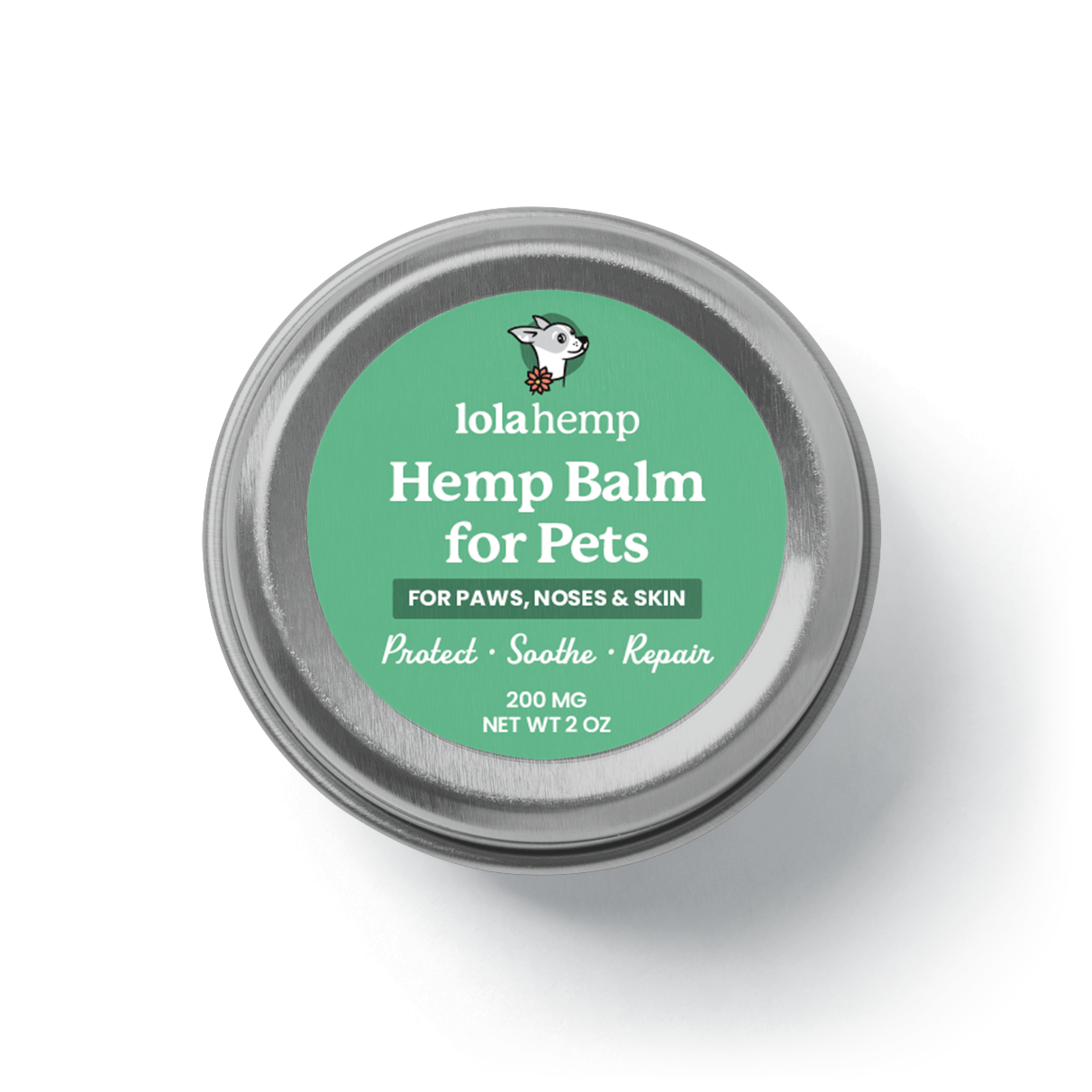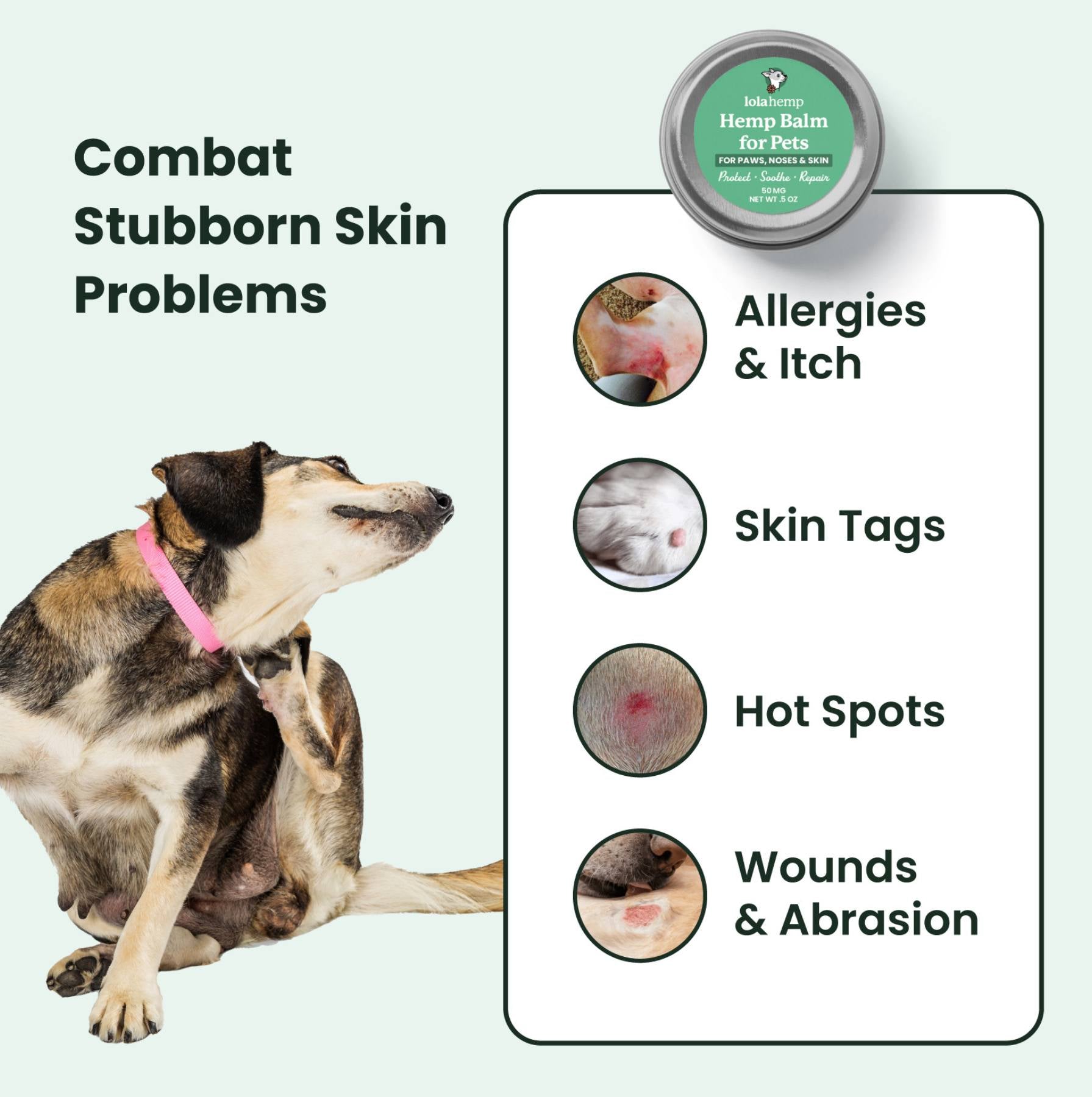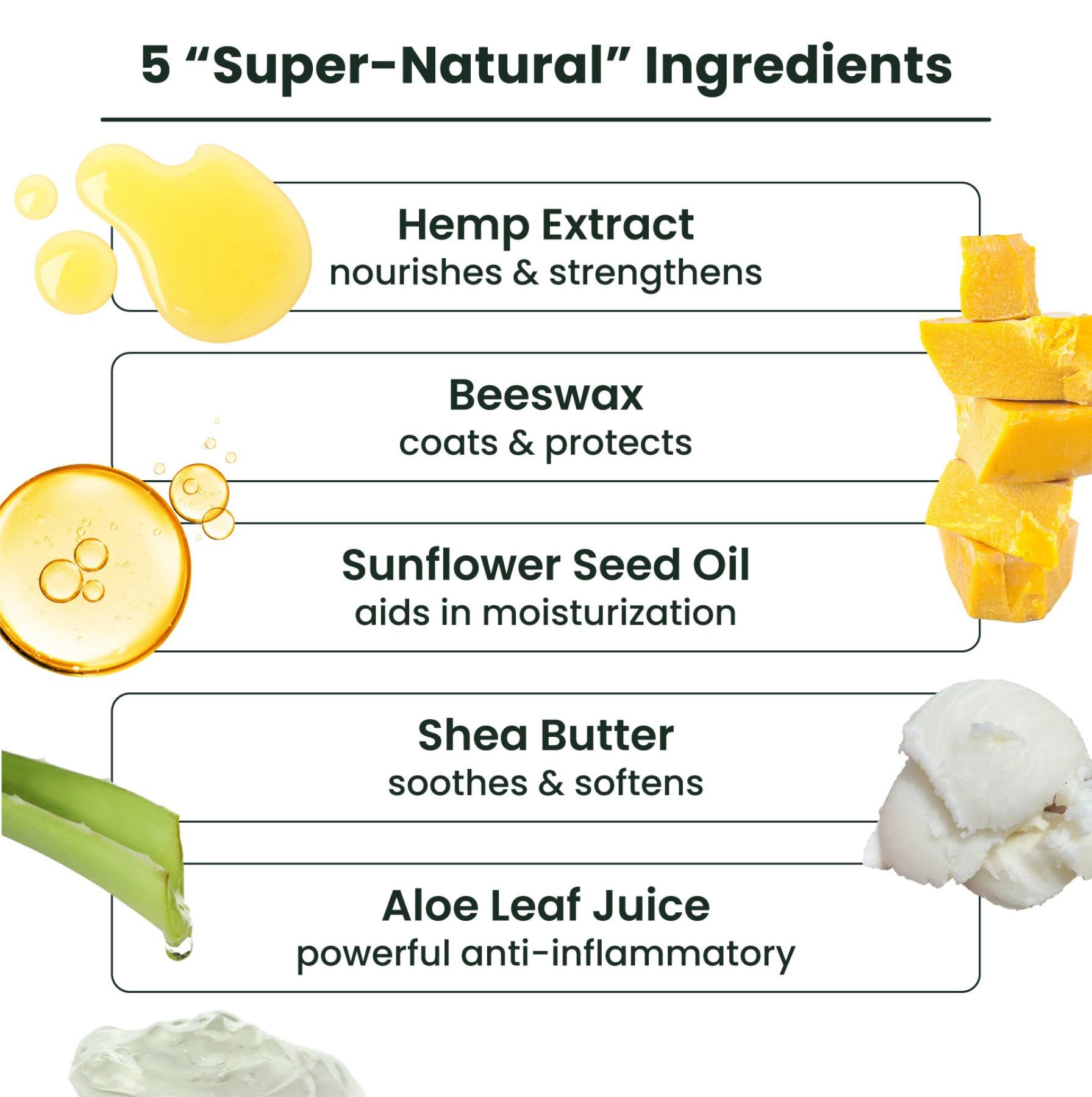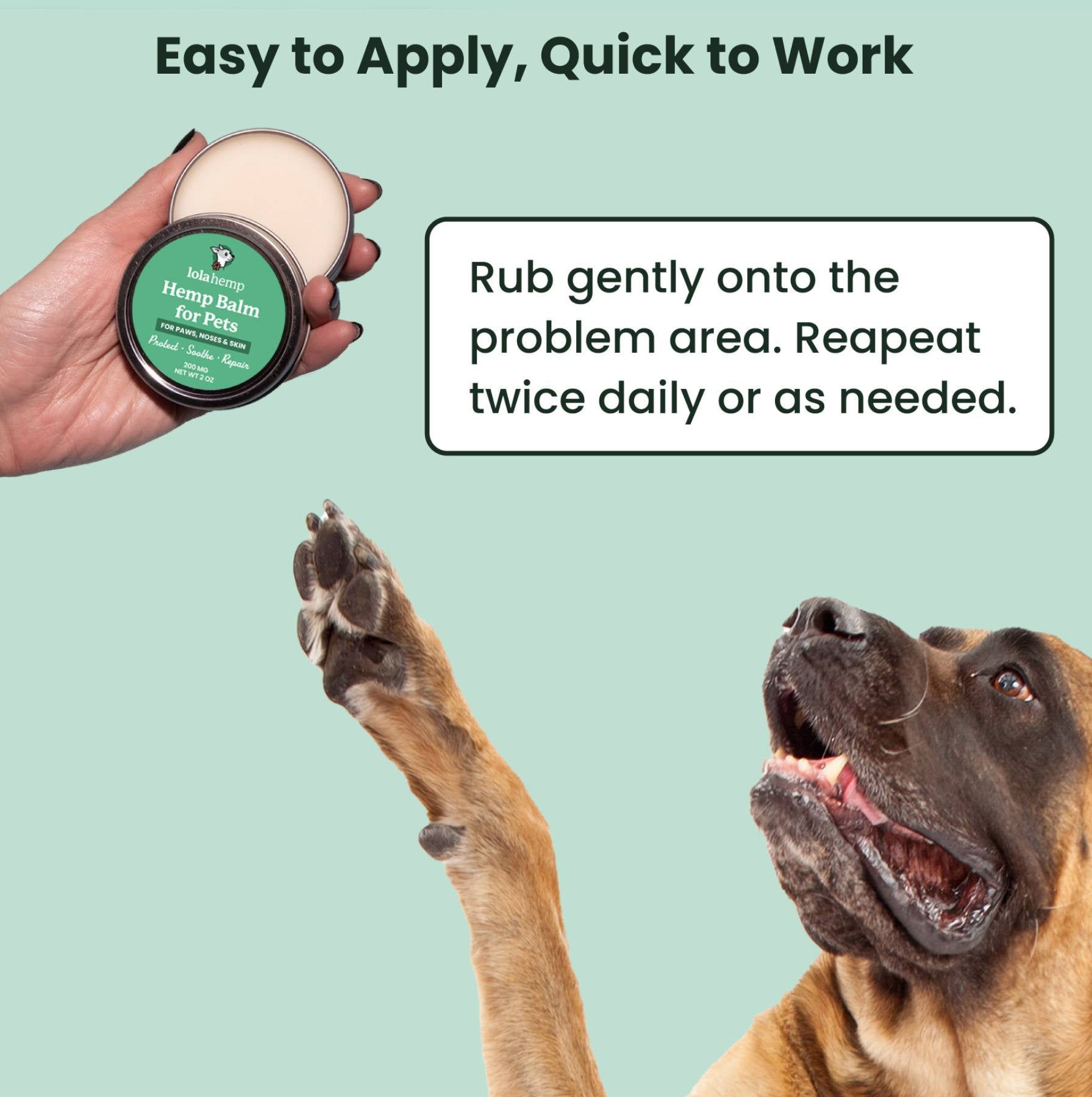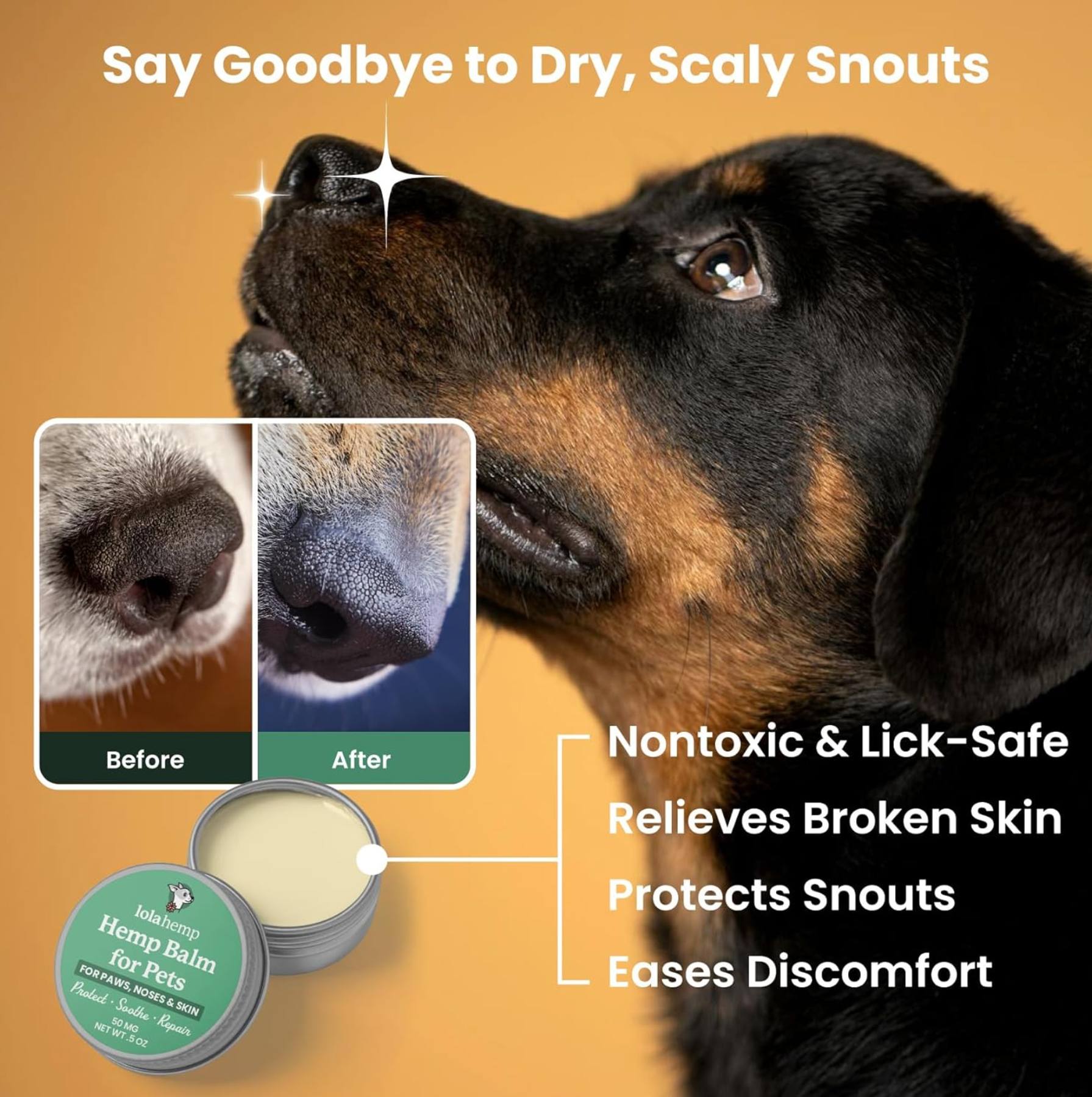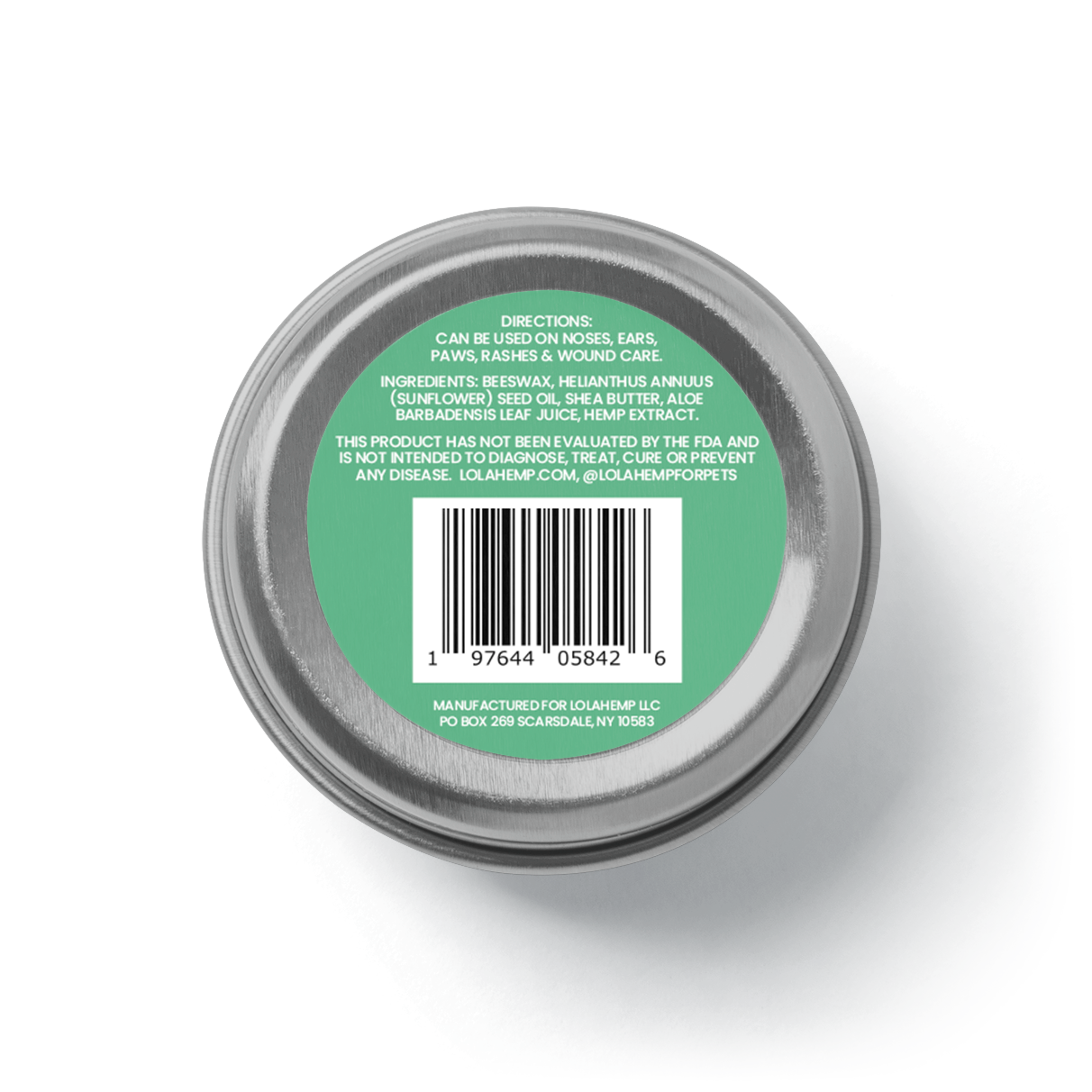Ringworm is an infection that can affect cats of all ages and breeds. Despite its name, ringworm is not caused by a worm but rather by a fungus that impacts the skin, hair, and nails.
This detailed guide aims to offer insights into ringworm in cats, including its symptoms, treatment options, and preventive measures. While you address the underlying causes and treatment of your cat's ringworm, you may find that a soothing cat balm helps to relieve the discomfort and itchiness and prevents your cat from making the issue worse.
How Do Cats Get Ringworm?
Ringworm is a contagious fungal infection that can spread in numerous ways. Understanding these can assist in preventing the spread of this infection among cats.
Here's how ringworm spreads to cats:
1. Direct Contact with Infected Animals or Humans
- The primary method of transmission for ringworm is typically through direct interaction with a contaminated animal or person. The fungus flourishes on deceased skin, hair, and nail matter, presenting optimal circumstances for spreading through close proximity.
2. Contact with Contaminated Objects or Surfaces
- Ringworms can also spread through contact with objects or surfaces that an infected animal has touched. These comprise grooming equipment, trimmers, linens, and various items. The fungal spores can persist on these surfaces for a duration of two years, presenting a persistent threat of infection.

Signs and Symptoms of Ringworm in Cats
Recognizing the signs and symptoms of ringworms in cats is essential. It's important to note that some cats may not show any signs but still carry and transmit the infection.
The most common symptoms of ringworm in cats include:
- Circular Bald Patches: These patches often have scaly sores and typically appear as an initial sign of a ringworm infection.
- Hair Loss: This can occur in patches or affect larger areas of the cat's body.
- Skin Inflammation: The affected areas of the skin may show signs of redness and inflammation.
- Infected Claws: In instances the claws can also get infected, resulting in changes in color and potential deformities.
- Excessive Self-Grooming: Cats with ringworms might engage in grooming to alleviate the itchiness caused by the infection.
Diagnosis of Ringworm in Cats
Diagnosing ringworm in cats involves a combination of clinical observation and laboratory testing. Here’s a closer look at the process:
The first step in diagnosing ringworm in cats is observing the clinical signs. These can include circular bald patches, hair loss, skin inflammation, and infected claws.
Microscopic examination of hairs may follow, where sampled hairs are checked for evidence of the fungus.
One of the most reliable ways to diagnose ringworm is through a fungal culture conducted in a laboratory. Although this test may take up to three weeks for results, it remains the most accurate method.
Treatment for Ringworm in Cats
Treating ringworm in cats involves systemic antifungal drugs, topical treatments, and environmental decontamination.
1. Systemic Antifungal Drugs
These oral or injectable medications inhibit fungal growth so the immune system can eliminate the infection. Treatment typically lasts 4–6 weeks.
2. Topical Treatments
Creams, balms, and shampoos applied directly to affected areas help kill the fungus on the skin and hair.
3. Environmental Decontamination
The fungus can survive in the environment for long periods. Thorough cleaning of bedding, grooming tools, surfaces, and carpets is essential.
Cats remain contagious during treatment, so consistent cleaning and veterinary follow-up are important. A fungal culture is the best way to confirm full recovery.
A holistic approach is crucial—treat your cat, clean the environment, and follow veterinary guidance for best results.
Will Ringworm in Cats Go Away By Itself?
While ringworm can resolve naturally over several months, this is not recommended. During that time the cat remains contagious and may spread the infection to animals and humans.
What Happens if You Leave Ringworm Untreated?
Untreated ringworm can spread across the body, worsen symptoms, and lead to secondary bacterial infections. Veterinary care ensures faster recovery and reduces spread.
Prevention and Management of Ringworm in Cats
Preventing and managing ringworm involves hygiene practices and monitoring your cat’s environment and health.
Isolation of Infected Cats
If your feline has been identified with ringworm, separating them from others helps prevent spreading the infection.
Spread to Humans and Other Animals
Ringworm can spread between cats, humans, and other pets. It is zoonotic and can be transmitted through direct or indirect contact.
Conclusion
In summary, although ringworm in cats is generally not a serious issue, it can be transmitted to humans and other animals.
Because fungal spores can survive in the environment for long periods, pet owners should take preventive and management steps seriously.
Frequently Asked Questions About Ringworm in Cats
How do cats catch ringworm?
Cats commonly catch ringworm through direct contact with infected animals or humans, or by touching contaminated surfaces or objects.
Is ringworm in cats contagious to humans?
Yes. Ringworm is zoonotic and can spread from cats to humans and other pets through direct or indirect contact.
What does ringworm look like on a cat?
Typical signs include circular bald patches, scaly or crusty skin, redness, and sometimes infected claws.
How is ringworm treated in cats?
Treatment usually includes oral antifungal medications, topical creams or shampoos, and thorough cleaning of the environment.
How long does it take for ringworm to go away in cats?
With treatment, most cases resolve within 4–6 weeks. Severe or widespread infections may take longer.

